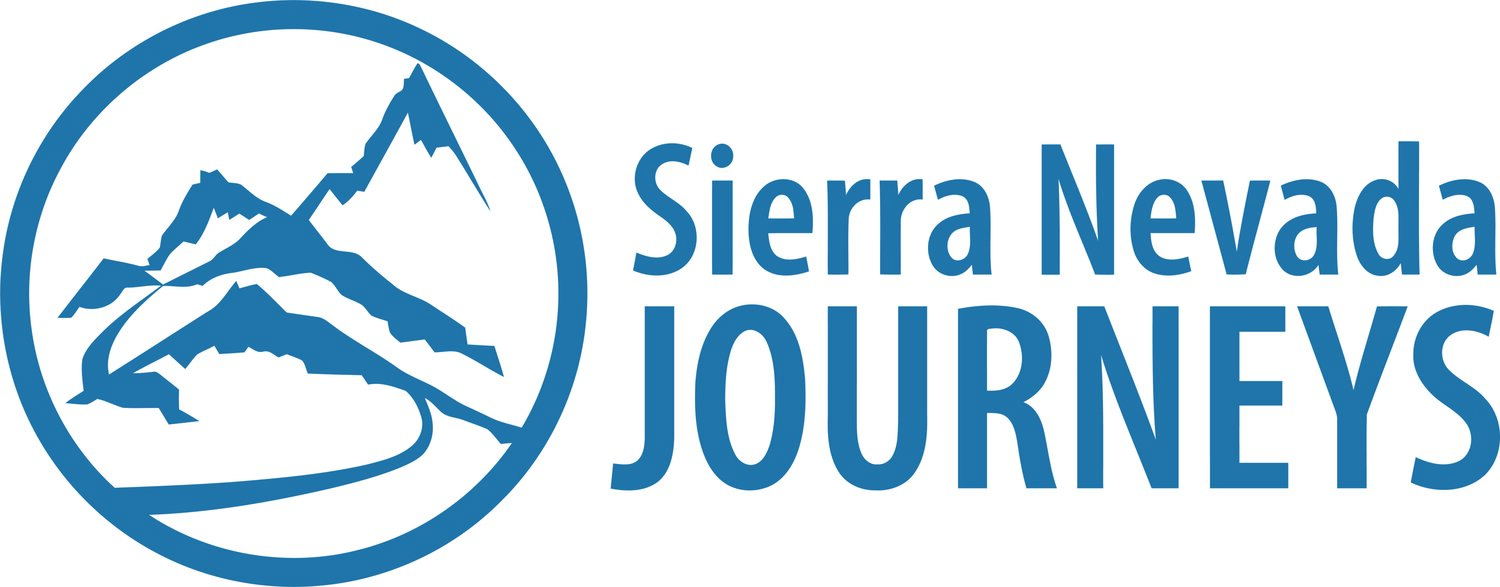Hands-in-the-River
A Classrooms Unleashed Program
for Fifth Grade Students
Students become environmental scientists in this hands-on program, working to understand the health of the local rivers that are part of the local watershed. In addition to a field study at a local natural area, we provide in-classroom lessons as part of our Hands in the River program.
All of our lessons are backward designed from Next Generation Science Standards for fifth grade. In addition to the Sierra Nevada Journeys-led lessons, classroom teachers will be provided with 3-4 easy-to-use learning experiences to reinforce concepts and vocabulary, as well as pre- and post-assessments.
PROGRAM OVERVIEW
classroom lesson: WATERSHEds AND POLLUTION
Students work in groups to construct a model that demonstrates how a watershed works, develop a definition for “watershed,” and draw parts of a watershed. As a team, they will determine how water flows and where it’s stored in the Sacramento River watershed.
Your environmental scientists will analyze the multiple types of data collected on the field day in order to assess the health of the watershed. Then, they will discover how storm drains and stormwater runoff connect to their watershed. Finally, they will learn about different types of green infrastructure that reduce stormwater runoff and water pollution, using what they learn to design a more watershed-friendly school campus.
OUtdoors at a Local Nature Area: ENVIRONMENTAL SCIENTISTS IN THE FIELD
This field study held at a nearby nature area, has your environmental scientists exploring, assessing, and collecting data about the health of their watershed. Students will have opportunities to explore and share observations of the river, collect macroinvertebrates for study, and discuss how to use the data to assess the health of the watershed system.
FIELD TRIP LOCATIONS:
William B. Pond Recreation Area, Carmichael, CA
McCarran Ranch Preserve, Sparks, NV
TEACHER INFORMATION
NEXT GENERATION SCIENCE STANDARDS
L1: 4-ESS2-1: Make observations and/or measurements to provide evidence of the effects of weathering or the rate of erosion by water, ice, wind, or vegetation.
ESS2.A: Earth Materials and Systems. Rainfall helps to shape the land and affects the types of living things found in a region. Water, ice, wind, living organisms, and gravity break rocks, soils, and sediments into smaller particles and move them around.
In partnership with:



